Solar installer McCarthy Building Companies is testing Kenzen wearable heat monitoring technology on multiple construction projects. Kenzen’s smart PPE devices monitor the heat status of workers in hot and humid conditions, helping predict and prevent heat stress and illness. Together, the organizations will gain valuable insight into how the technology can minimize the risk of heat illness and protect the broader construction workforce.
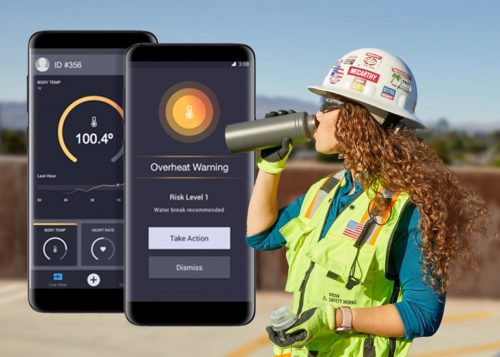 “Safety is the most important thing we do every day, and on many projects that includes heat awareness and heat illness prevention,” said Pat Devero, McCarthy VP of National Safety. “The Kenzen system is already helping us identify new ways to prevent heat illness, assist in validating our current practices and heat illness expectations, and is a great example of how embracing technology can improve our industry’s approach to health and safety.”
“Safety is the most important thing we do every day, and on many projects that includes heat awareness and heat illness prevention,” said Pat Devero, McCarthy VP of National Safety. “The Kenzen system is already helping us identify new ways to prevent heat illness, assist in validating our current practices and heat illness expectations, and is a great example of how embracing technology can improve our industry’s approach to health and safety.”
The Kenzen device is a sensor worn on a workers’ upper arm that monitors, in real-time, an individual’s physiological markers that trigger heat injury risks. This includes a sweat rate monitoring feature that uses a worker’s information and physiological data to calculate and predict their sweat rate in liters per hour. Using a proprietary algorithm, the Kenzen device can alert workers of dangerous heat stress via a smart phone app. The data helps eliminate guesswork about how to keep workers safely hydrated and makes it possible for individual workers to know the specific amount of water they need to drink to stay safe.
On-site managers have access to alerts and corporate safety leaders use an analytics dashboard to monitor and evaluate risks to individuals and teams, helping them optimize worker safety. McCarthy will use the technology to identify broad trends that affect all projects and implement preventative measures to increase safety and productivity.
“The Kenzen pilot was a valuable program for our jobsite,” said Andrew Rhines, McCarthy Project Safety Coordinator in Texas. “It benefitted the craft professionals on our site and the data gathered by Kenzen helped verify many different aspects of our national heat illness prevention plans including water consumption and scheduled breaks.”
McCarthy and Kenzen are equally committed to protecting user data; the system does not reveal personal information or reasons why someone is in a particular heat risk category; it is only used to monitor and manage people according to their individual heat susceptibility.
“McCarthy is a leader in exploring all opportunities to keep employees safe,” said Heidi Lehmann, Kenzen co-founder and President. “With the Kenzen system, they can tailor their approach to individuals, teams, and projects because they have access to new, highly detailed information. This information helps manage risk, realize increased productivity, and meet every worker’s unique requirements for working safely.”
McCarthy has selected several pilot opportunities for the Kenzen system on jobsites in Arizona, Georgia and Texas. Employees using the system understand the protective value it offers and appreciate receiving notifications about their core body temperature, sweat rate, and hydration status – when they should stop and rest, and when it’s safe to return to work.
“The Kenzen system has been a successful initiative for our team and how we approach heat illness risk onsite,” said Sean Blakemore, McCarthy Project Safety Manager in Texas. “The entire Kenzen team is resourceful and is helping us maximize management of the program. The data we’re gathering is a significant benefit for us to not only verify and confirm our current approach, but it also helps everyone understand what drives the additional mitigation measures we take in order to send everyone home safely at the end of each day.”
News item from McCarthy

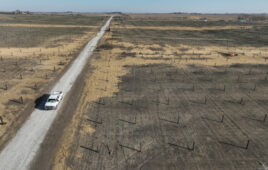
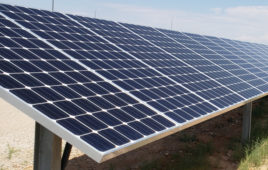
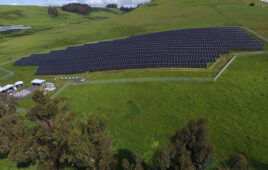
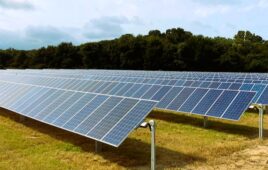
“The Kenzen device is a sensor worn on a workers’ upper arm that monitors, in real-time, an individual’s physiological markers that trigger heat injury risks. This includes a sweat rate monitoring feature that uses a worker’s information and physiological data to calculate and predict their sweat rate in liters per hour.”
I’m’ skeptical, I’ve worked out in the extreme heat of the desert for around 40 years and the sinister problem with heat exhaustion and heat stroke is a “very fine line”. I have been soaking wet from sweat and usually the first sign of heat “effects” is one having to stop and “rethink” something they have been doing all day long over many years. Call it “brain fog” if you’d like. The next sign is if one is walking about and your legs start to cramp, you have a problem. If you are pulling wire in conduits and your shoulders start to cramp, you have a problem. Usually one then goes to their water supply and mixes in one or two “electrolyte packs” into a 16 oz container. Get in the vehicle, start the A/C (portable cooling center) and sip the electrolyte. In about 15 minutes you will notice beads of sweat on your forehead, it is then you realize that although your uniform is soaked, you stopped sweating.
This is why the safety training for extreme heat has a protocol. Fill your container with water and drink as much as you can stand when you first get to the work site. Fill the container again and set it aside and every 15 to 20 minutes drink this container and refill it again, do this all day long. Carry electrolyte packs in your vehicle usually days that are 110 degrees F or less after noon, start an electrolyte pack every other hydration break. IF it ‘s over 110 degrees F, up around 120 degrees, every other hydration break should have an electrolyte pack mixed in with the water. Within work crews, you watch each other for signs and act accordingly. This may or may not be anecdotal, it does seem like once one goes down from heat exposure it becomes more apt to happen in the future and you are at more risk from run away body core temperature than some others.